What can i do to minimize overshoot and undershoot when MOSFET switches on and off? (waveform taken using short ground spring probe, PCB is 2-layer) The rise and fall times should be less than 150ns.
Here is the picture without snubber (R1, C27)

I tried using snubber on mosfet drain (3.3R, 4.7nF). Overshoot is reduced but i don't like much longer risetime..
More about schematic: It acts like a function generator: You can control frequency and amplitude of pulses. Amplitude from DAC is mixed with square signal from MCU on MOSFET Q3 drain.When amplitude is about 2V overshoot is gone. It start appear only when amplitude decreases to less than a volt. In the pictures there is about 200mV of pulse.
 Please suggest how to reduce overshoot and at the same time keep the edges fast (150-200ns). Thanks!
Please suggest how to reduce overshoot and at the same time keep the edges fast (150-200ns). Thanks!
